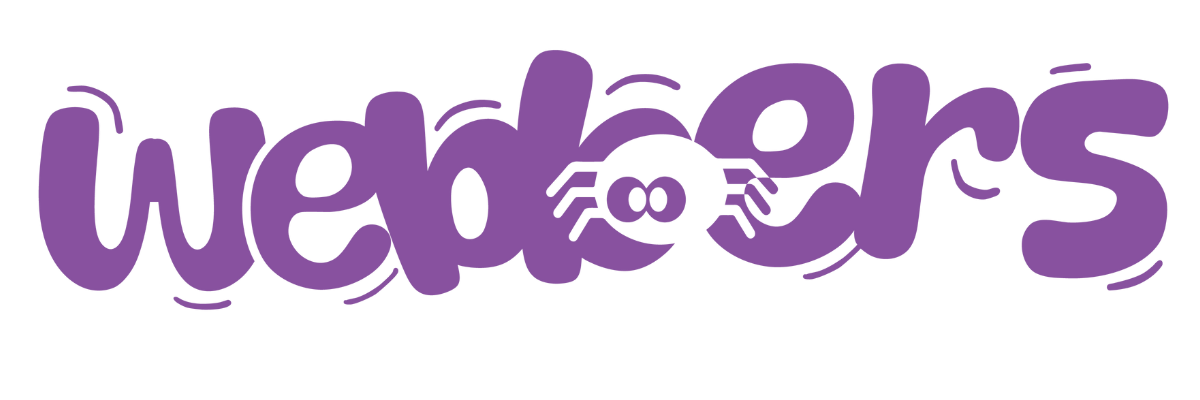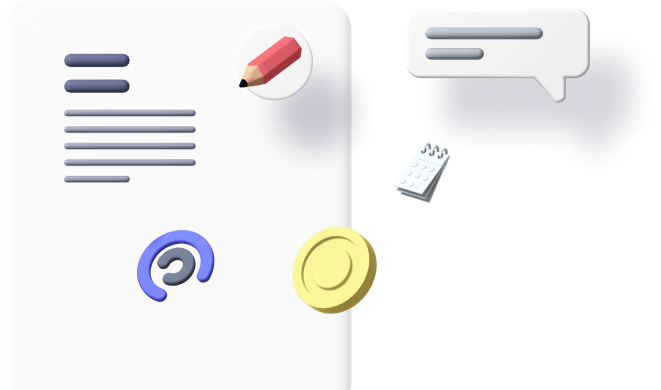
Search Engine Marketing (SEM) is one of the most effective ways to drive targeted traffic and boost conversions. However, to maximize your return on investment (ROI), you need a scientific approach—one that leverages data, analytics, and continuous optimization. In this blog, we’ll explore how you can enhance your SEM strategy using a scientific approach to get the best ROI.
1. Set Clear and Measurable Goals
Before launching an SEM campaign, define your objectives clearly. Are you looking to drive website traffic, generate leads, or increase sales? Use SMART (Specific, Measurable, Achievable, Relevant, Time-bound) goals to ensure your efforts are aligned with business outcomes.
2. Conduct Thorough Keyword Research
Scientific SEM relies on precise keyword research. Use tools like Google Keyword Planner, Ahrefs, or SEMrush to identify high-intent keywords. Focus on:
- Transactional Keywords (e.g., “buy running shoes online”)
- Commercial Keywords (e.g., “best laptops under $1000”)
- Long-Tail Keywords (e.g., “best budget smartphones with great camera”)
Analyzing search volume, competition, and cost-per-click (CPC) will help optimize your ad spend.


3. Optimize Ad Copy Using A/B Testing
Effective ad copy is critical for engagement and conversions. Conduct A/B testing (split testing) by experimenting with:
- Different headlines
- Various call-to-action (CTA) phrases
- Unique selling propositions (USP)
Analyze the performance metrics (CTR, conversion rate, CPC) to determine the best-performing ad variations.
4. Leverage Data-Driven Bidding Strategies
Instead of manual bidding, use AI-driven automated bidding strategies like:
- Target CPA (Cost Per Acquisition) – Maximizes conversions within your budget
- Target ROAS (Return on Ad Spend) – Optimizes bids to achieve a set revenue goal
- Enhanced CPC – Adjusts manual bids based on the likelihood of conversion
These strategies help ensure that your ad spend is efficiently utilized.
5. Optimize Landing Pages for Conversions
Your ad campaign’s success doesn’t stop at the click; it continues on the landing page. Implement:
- Fast-loading pages (under 3 seconds)
- Clear and compelling CTAs
- Mobile-friendly and responsive designs
- Persuasive content and trust signals (testimonials, reviews, guarantees)
A/B test different layouts and elements to determine what leads to higher conversion rates.
6. Utilize Audience Targeting & Remarketing
Refining your audience targeting ensures that ads reach the right users. Use:
- Demographic & Interest Targeting to focus on relevant user groups
- Remarketing Ads to re-engage past visitors who didn’t convert
- Lookalike Audiences to reach new potential customers similar to existing ones
Google Ads and Facebook Ads provide powerful targeting options for better ROI.
7. Analyze Performance Metrics & Continuously Optimize
Monitoring campaign performance is crucial. Regularly analyze:
- CTR (Click-Through Rate) – Measures ad relevance
- Quality Score – Affects ad rank and CPC
- Conversion Rate – Indicates ad effectiveness
- ROAS – Determines the profitability of your campaign
Use analytics tools like Google Ads, Google Analytics, and heatmaps to track and refine your SEM efforts.
8. Automate and Scale with AI Tools
Leveraging AI-powered tools can streamline campaign management and improve efficiency. Platforms like Google’s Smart Bidding, ChatGPT for ad copy suggestions, and AI-driven analytics tools can help optimize performance with minimal manual intervention.
Conclusion
By applying a scientific approach to SEM—leveraging data, A/B testing, automation, and continuous optimization—you can maximize your ROI and achieve sustainable growth. The key lies in making data-driven decisions and refining your strategy based on real-time insights. Start implementing these techniques today and watch your SEM performance soar!
















2 replies on “How to Increase Your ROI Through scientific SEM?”
Axilthemes
Test Comment
Axilthemes
test Comment 3333